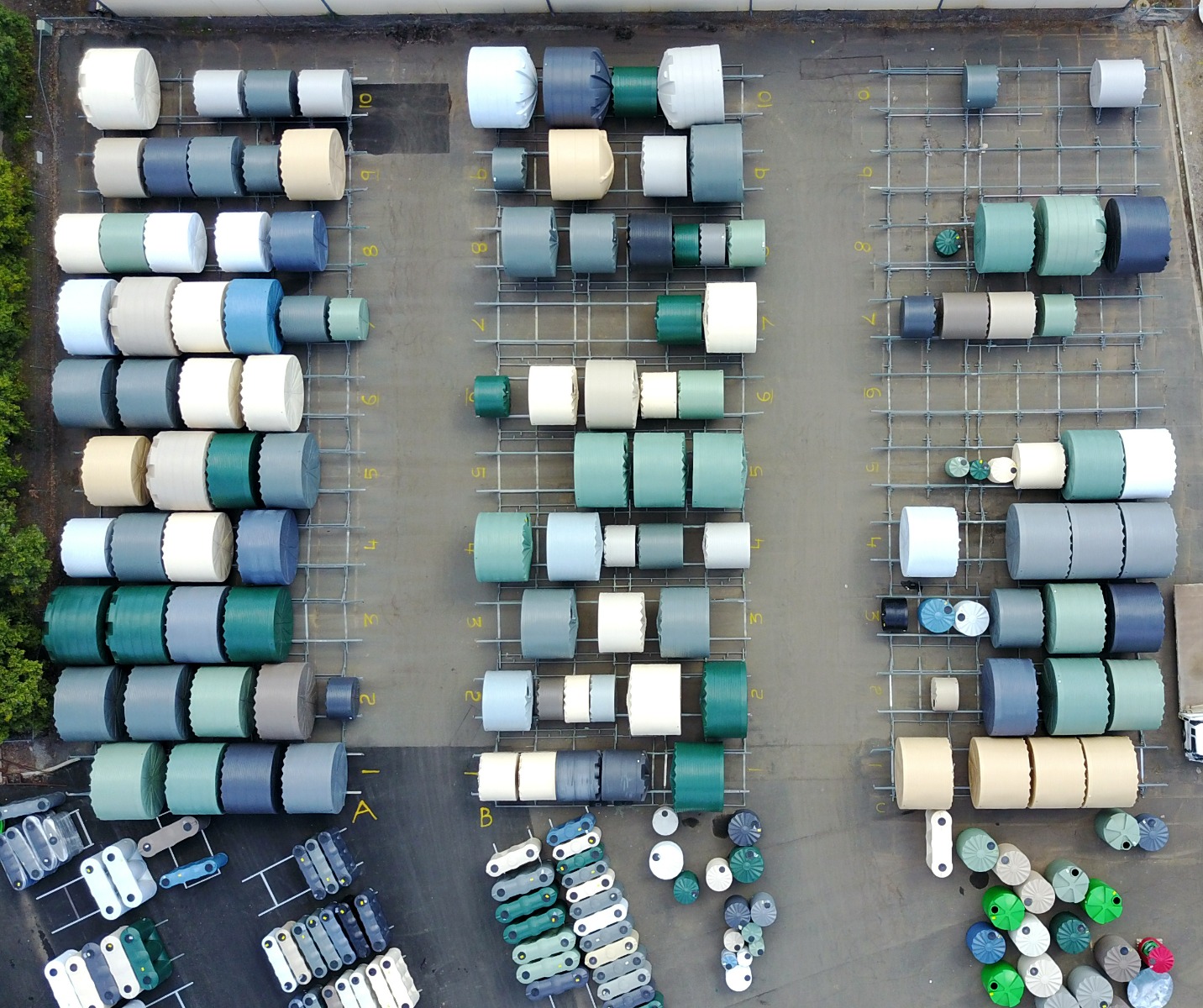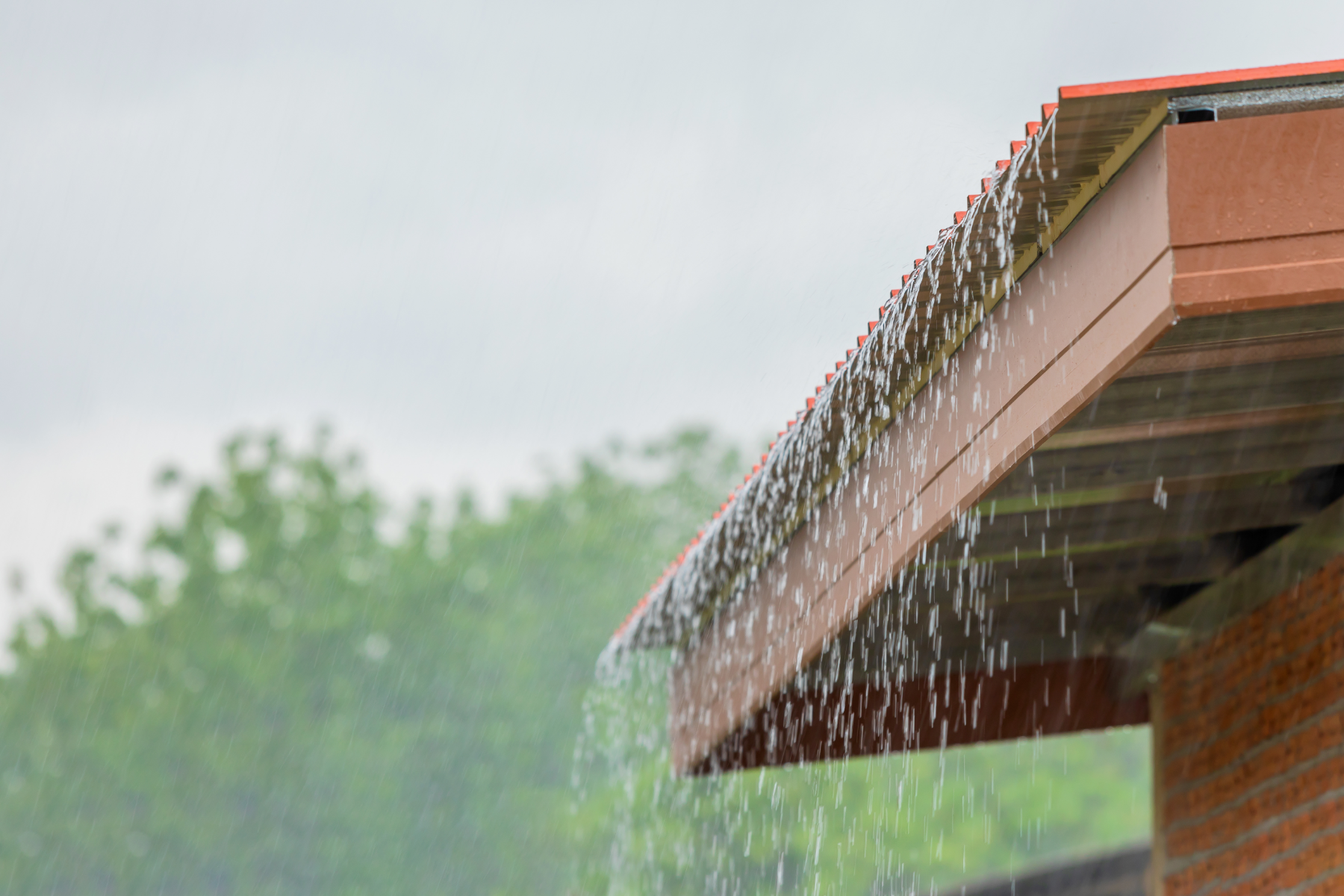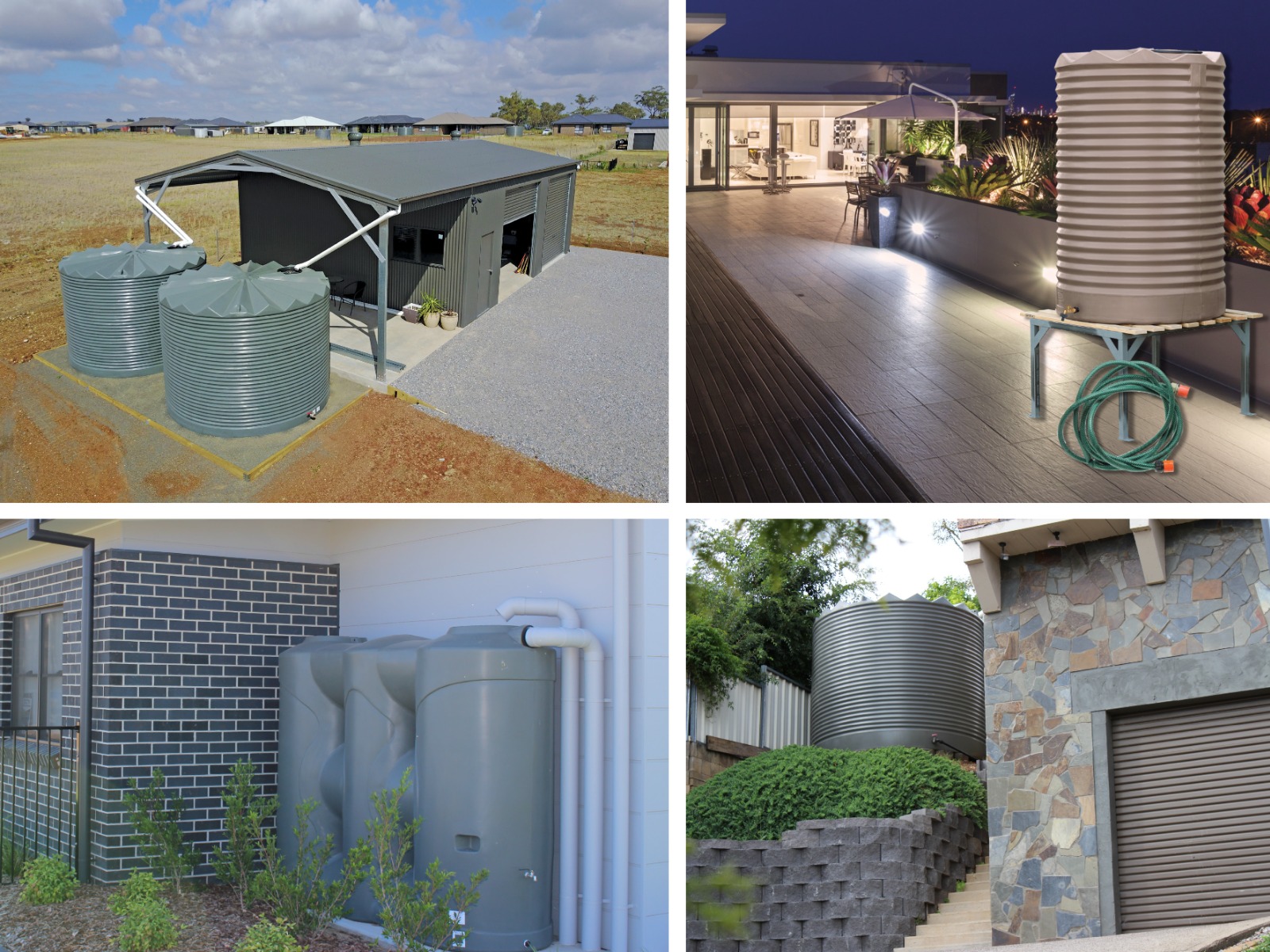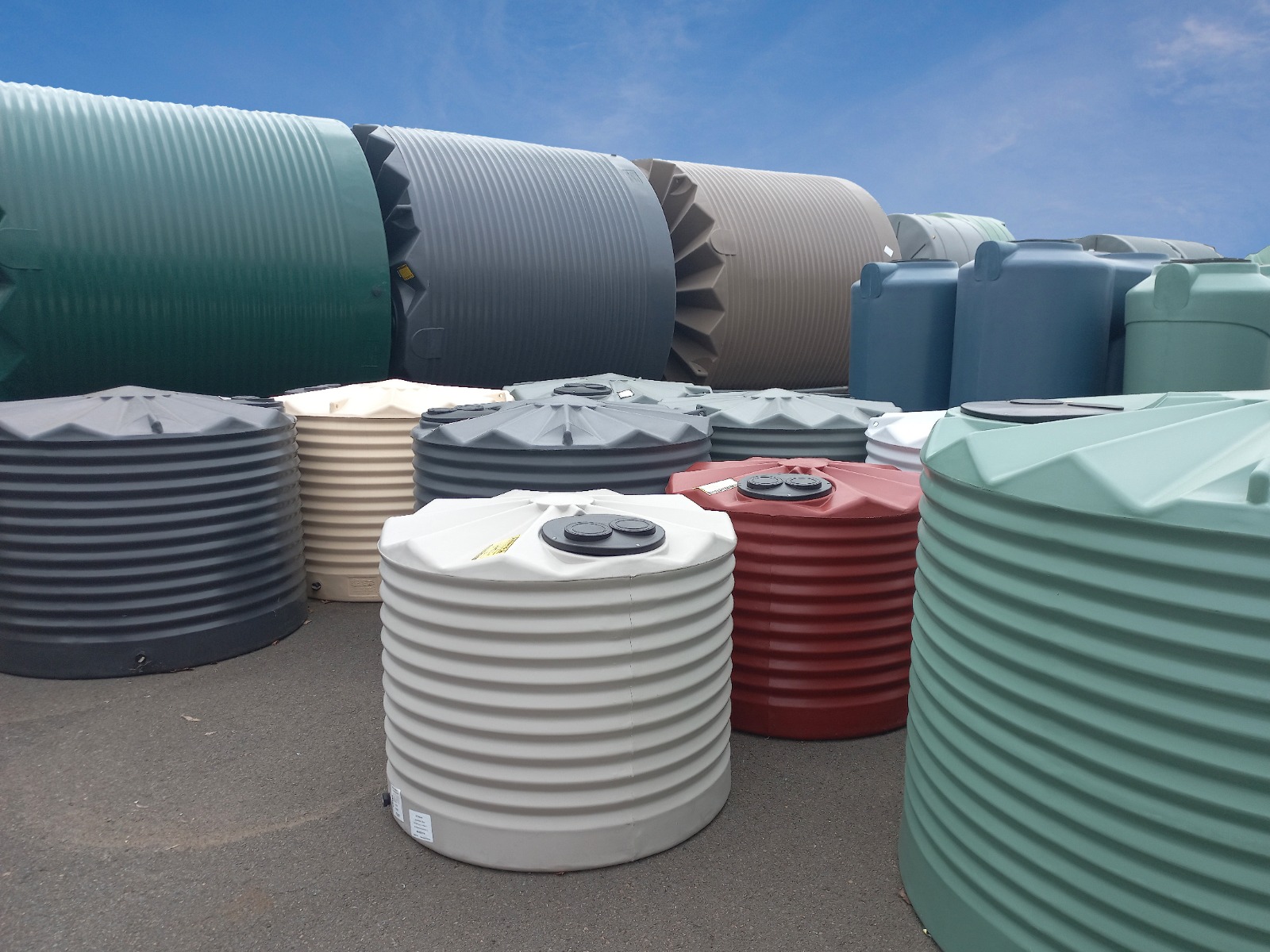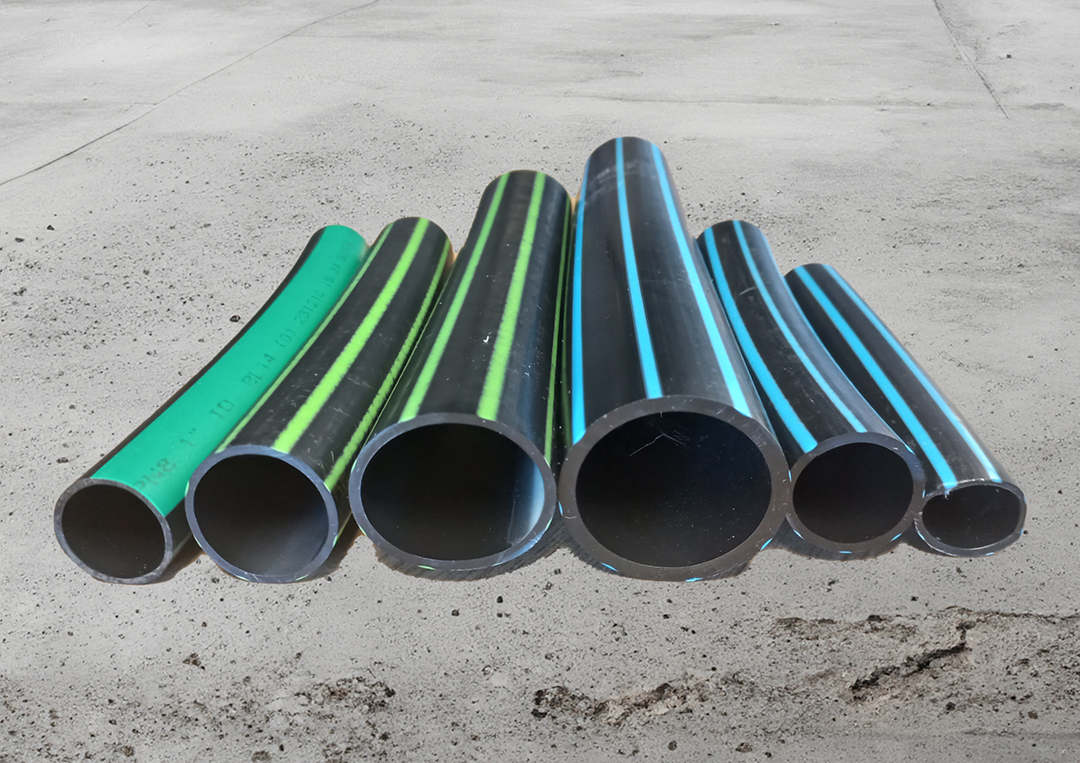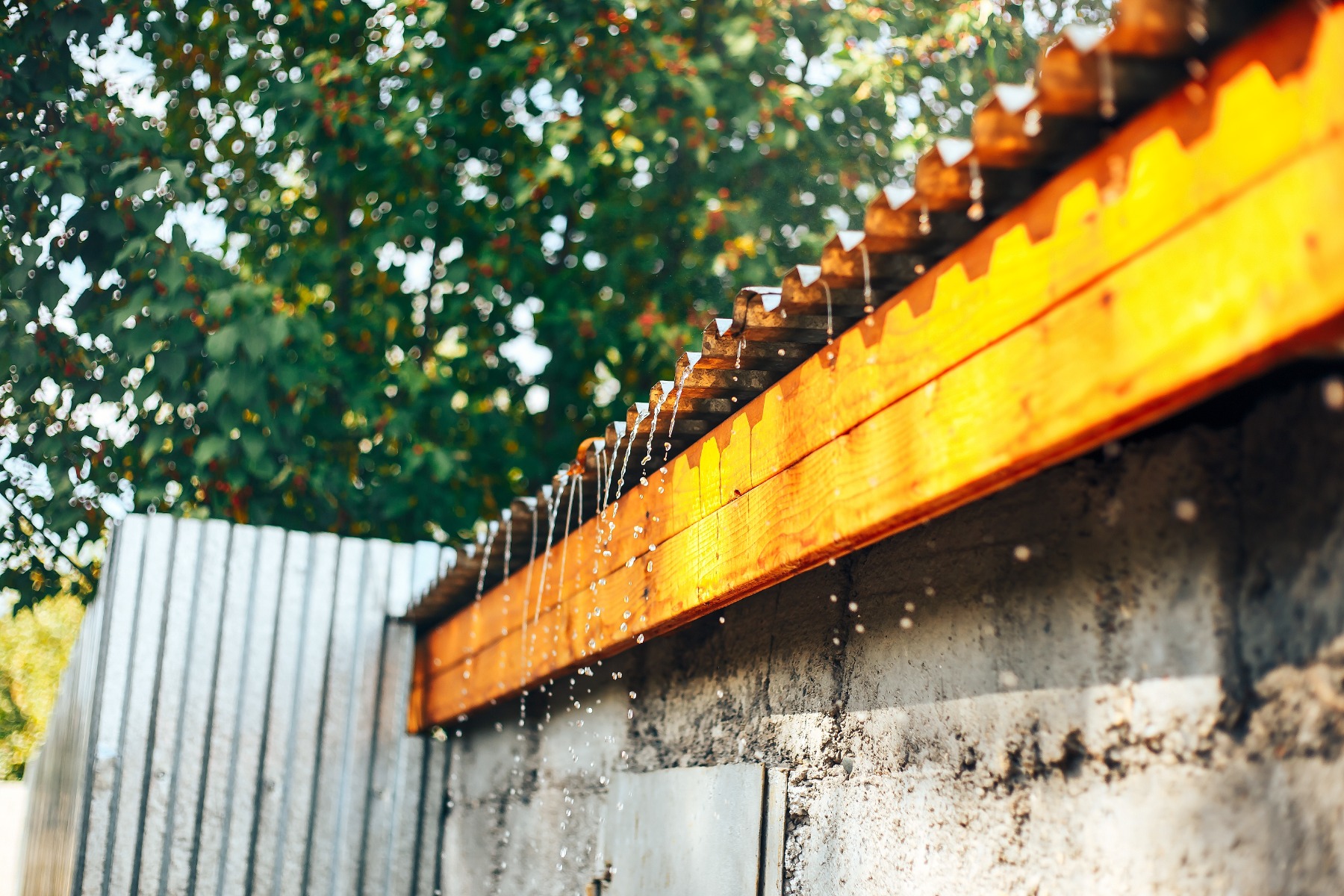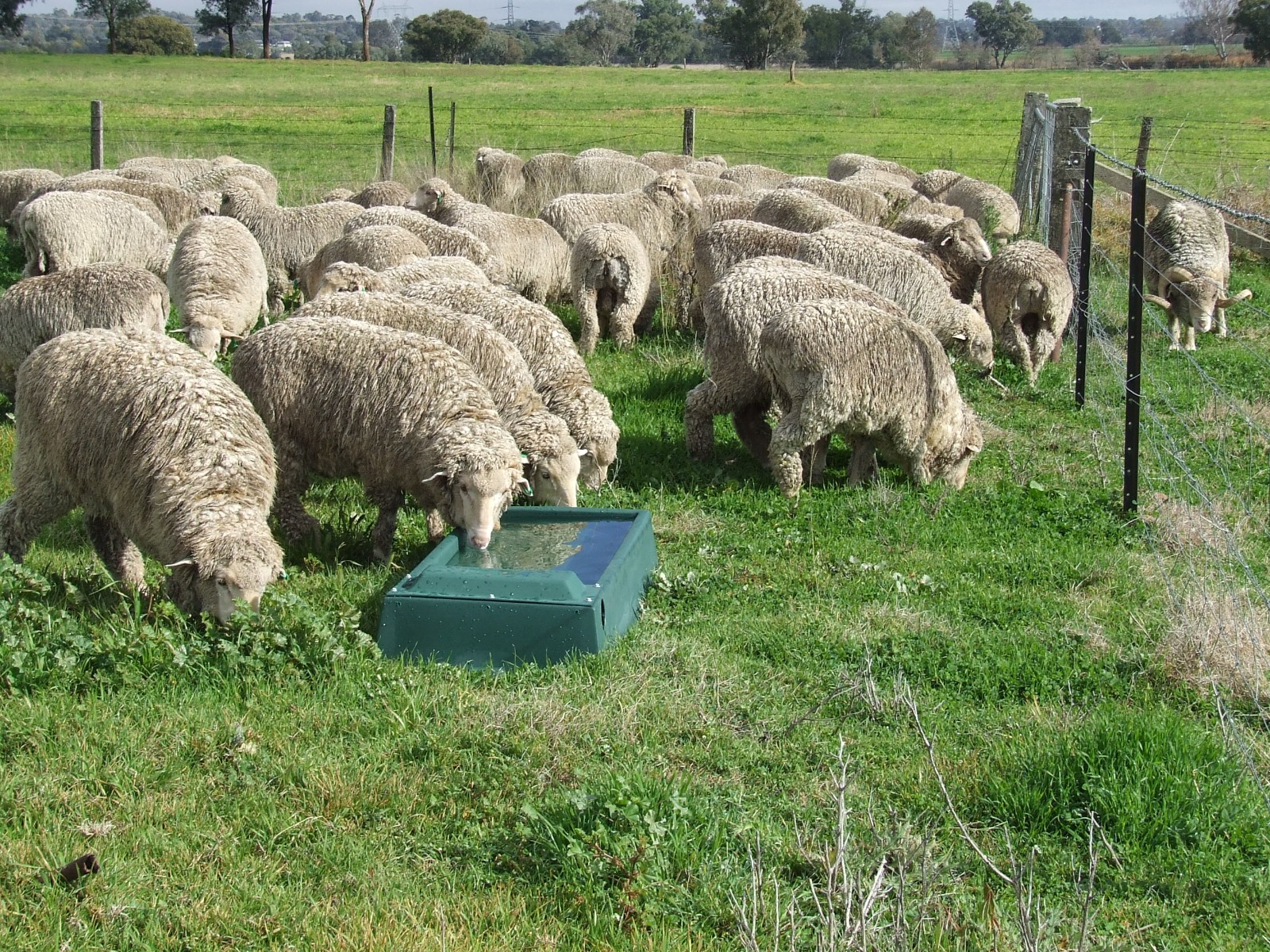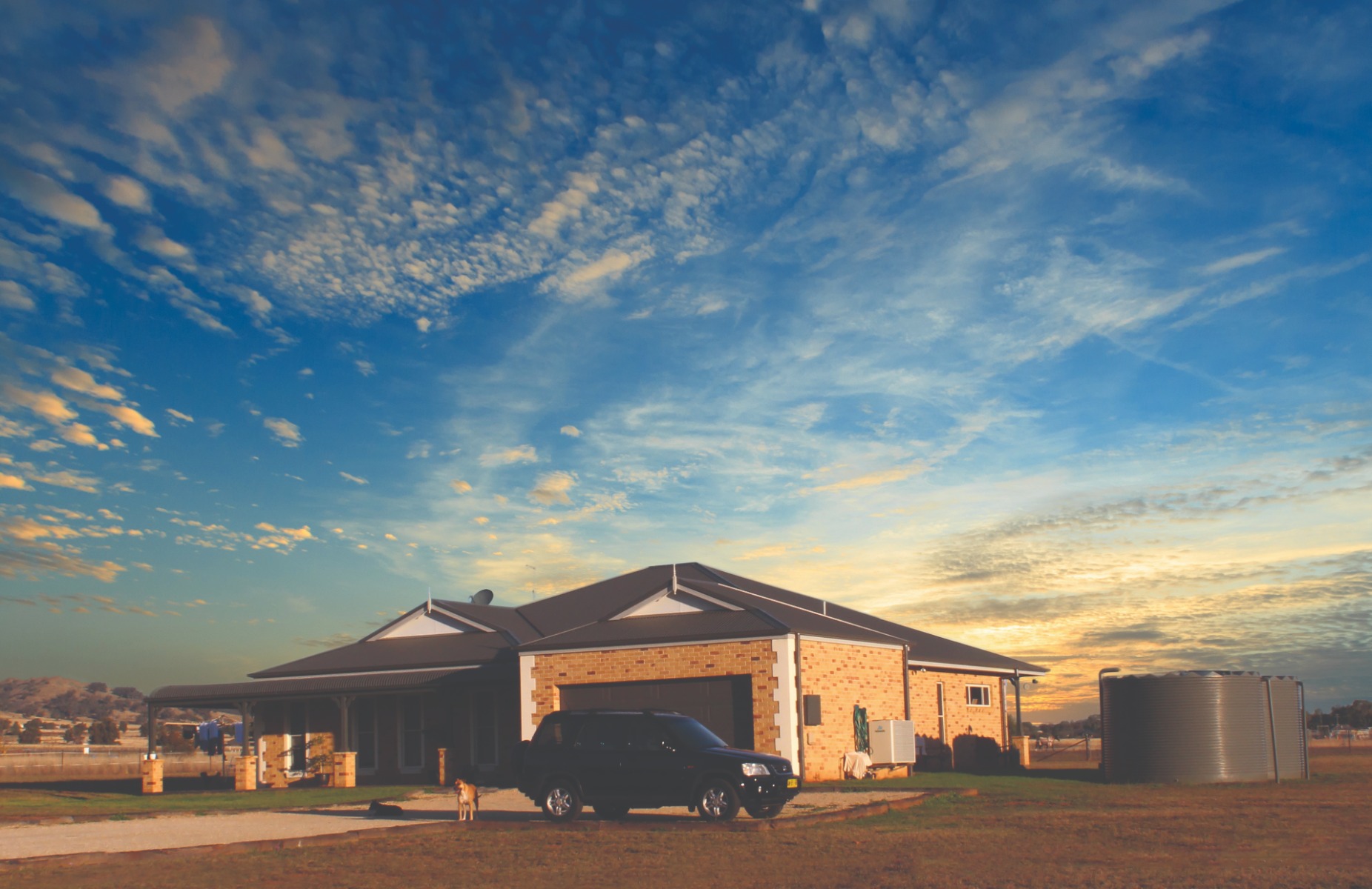Does the colour of my water tank matter?
Let’s start by understanding how light interacts with different colours.
The main source of light on earth is sunlight. The sun is a seething mass of electromagnetic energy, most of which is invisible to the human eye. The part of the electromagnetic spectrum that we can see is sunlight or white light.
White light contains all the colours of the visible spectrum in roughly equal amounts.
When light strikes a surface, some of its energy is reflected and some is absorbed. The colour of an object affects what colours of light the object absorbs and what colours it reflects.
Darker colours are better absorbers of light. Light just doesn't disappear when it strikes a dark object and light energy is transformed into heat energy. Darker colours absorb more sunlight than lighter colours, which is why darker colors get warmer more quickly in sunlight than lighter colours. The lighter colours reflect more of the sun's radiant energy, so they remain cooler to touch in the sunlight.
Tank colour affects water temperature
It is easy to understand that the darker the colour of your tank, the more light it will absorb, and the more heat it will radiate. This heat radiates in all directions, and it follows that a lighter coloured water tank would contain cooler water than a darker coloured tank.
Before you choose a colour, think about how it could affect the water you use.
If you only intend to use it to water the garden, to top-up the pool or clean your car, the temperature of the water is probably less important than the aesthetics of the tank and selecting a colour that blends well with your property.
If you intend to use your rainwater for domestic purposes, you might want to consider lighter colours as they will deliver cooler water to your taps. This is also the case if you intend to use the water for livestock, and cooler water is best.
What about algae?
If a poly tank is poorly made with inadequate amounts of pigment or insufficient wall thickness, sunlight may penetrate the tank, and create conditions where algae can survive and thrive. Some algae can be very harmful to human and animal health, and it is much easier to prevent algae growth with a well-made tank than to try and treat tank water to eliminate algae.
You might think that a lighter colour tank would be more susceptible to the effects of sunlight, but irrespective of its colour, a well-made poly tank should prevent sunlight penetration and algae growth.
Will my water tank fade?
UV degradation refers to the cracking or disintegration of materials exposed to ultraviolet radiation in sunlight. It is the most significant factor in the weathering of plastics as the energy absorbed causes the polymer chains of the material to disintegrate and the material becomes increasingly brittle.
It would be reasonable to think that a darker tank that absorbs more energy would be more susceptible to UV breakdown, but because rainwater tanks are expected to last for decades, a good quality tank will include stabilisers to reduce the absorption of UV radiation by the polymer matrix and minimise the rate of weathering.
Rapid Plas have a rainwater tank to suit your needs
Rapid Plas poly rainwater tanks
+ Are available in 24 colours, and sizes from 5,000L to 32,000L.
+ Are manufactured from Australian-made UV stabilised polyethylene, for peace of mind and exceptional long-term protection from the harsh Australian sun, meaning they will retain their as-new look for years.
+ Will block all UV light, when used with the supplied light and dust cover, will resist algae growth.
_____
Rapid Plas have been manufacturing superb quality poly rainwater tanks in Tamworth for over 30 years and incorporate the most up-to-date engineering, manufacturing, and chemistry to produce Australia’s best-ever poly water tank and a new era in rainwater storage.


